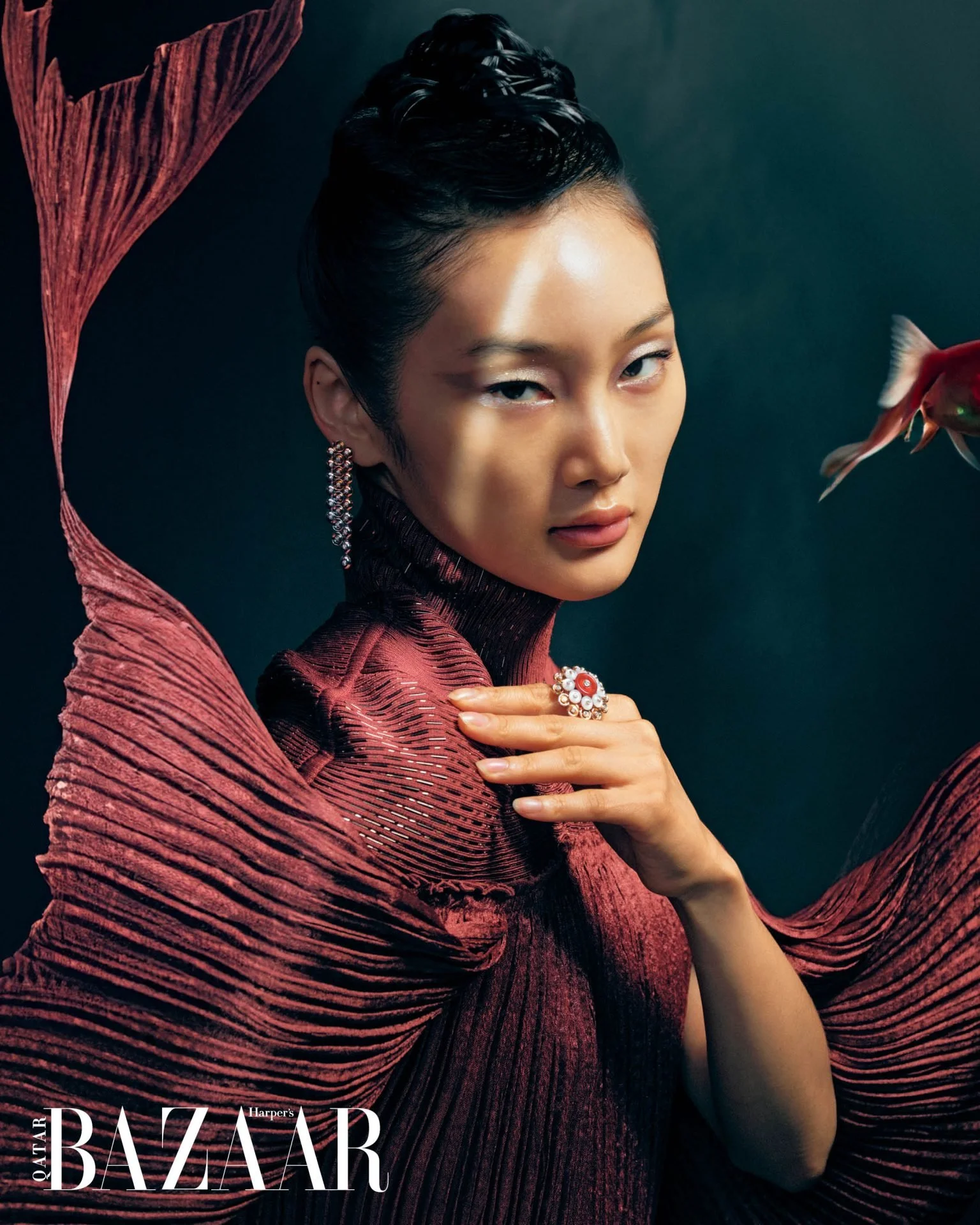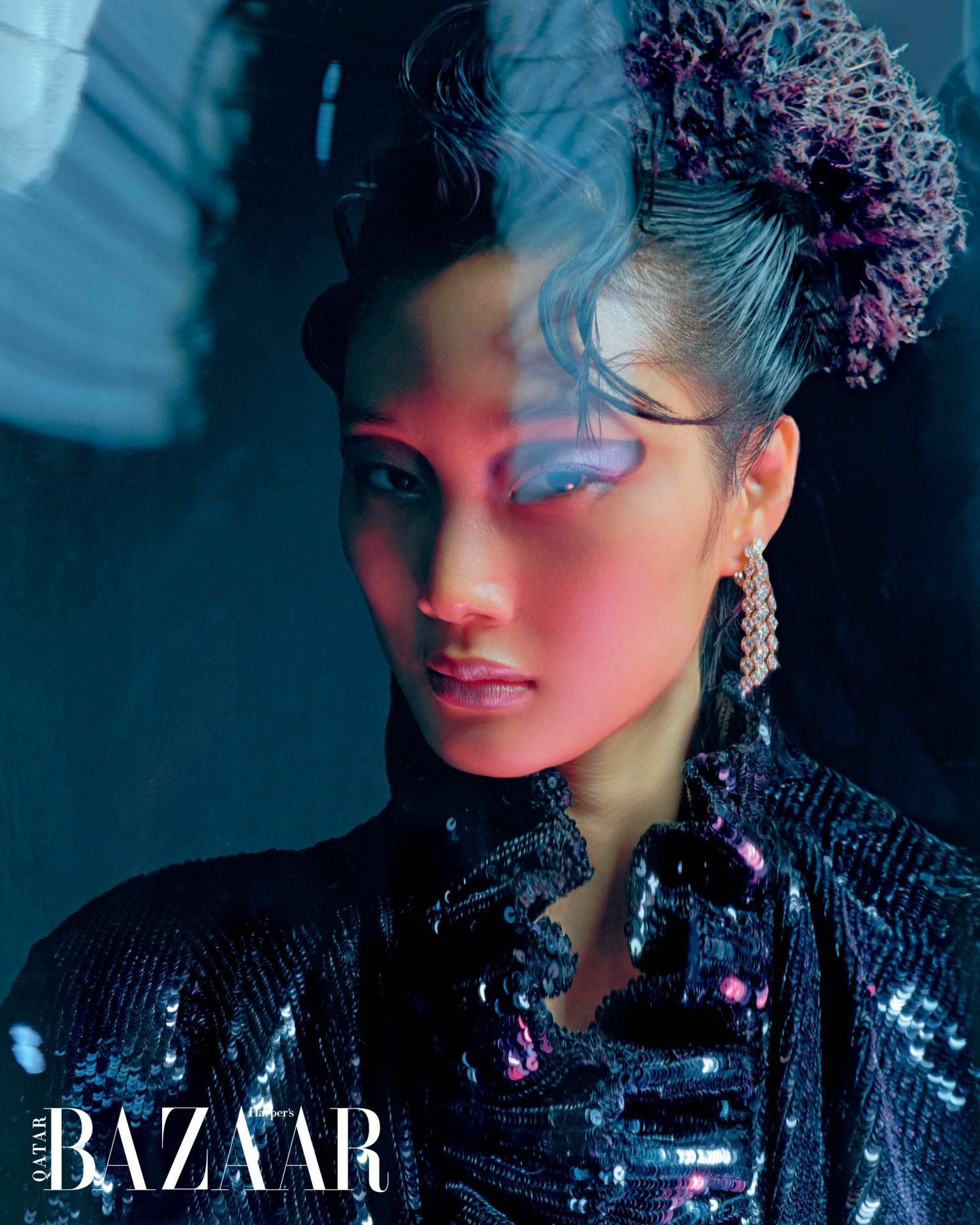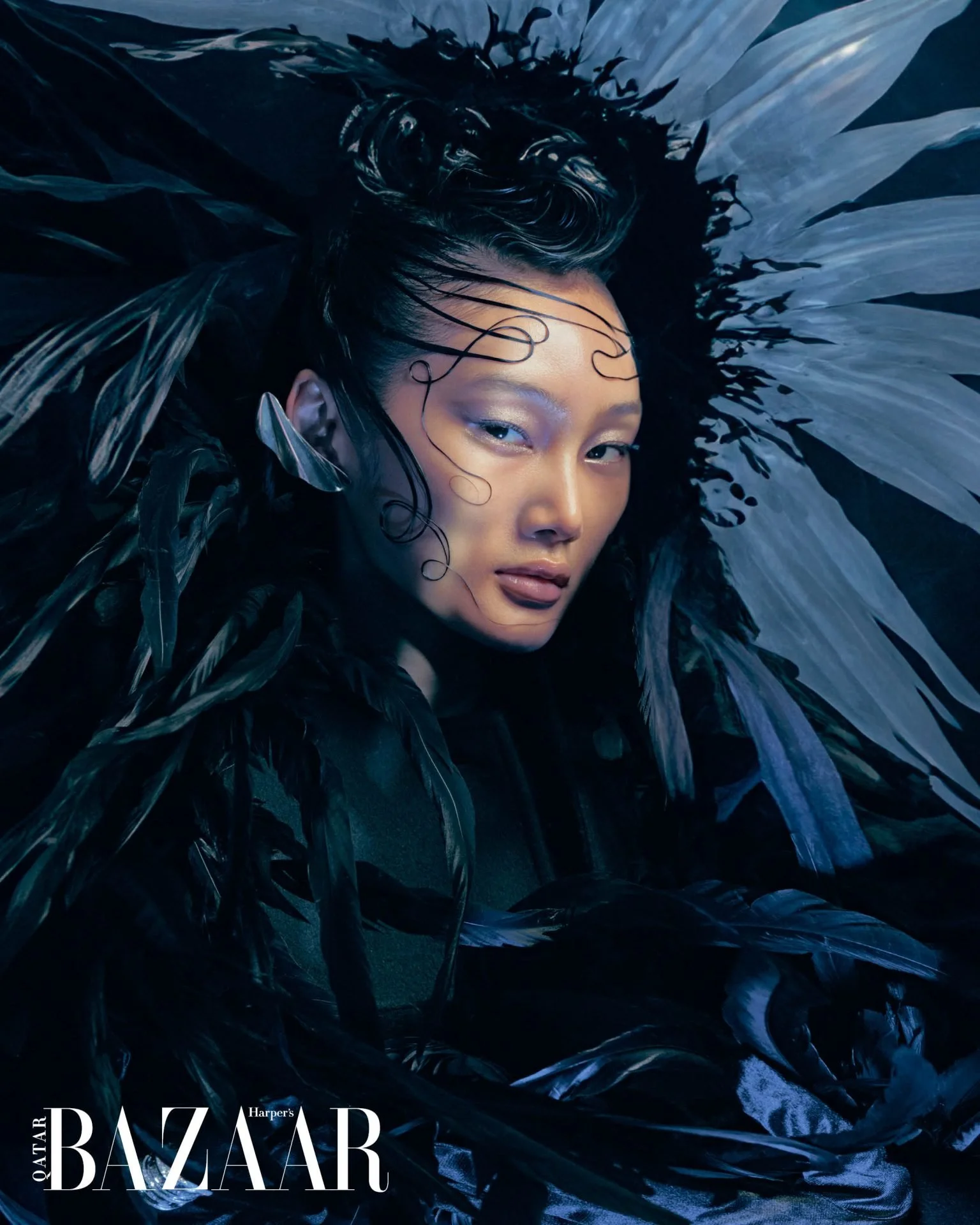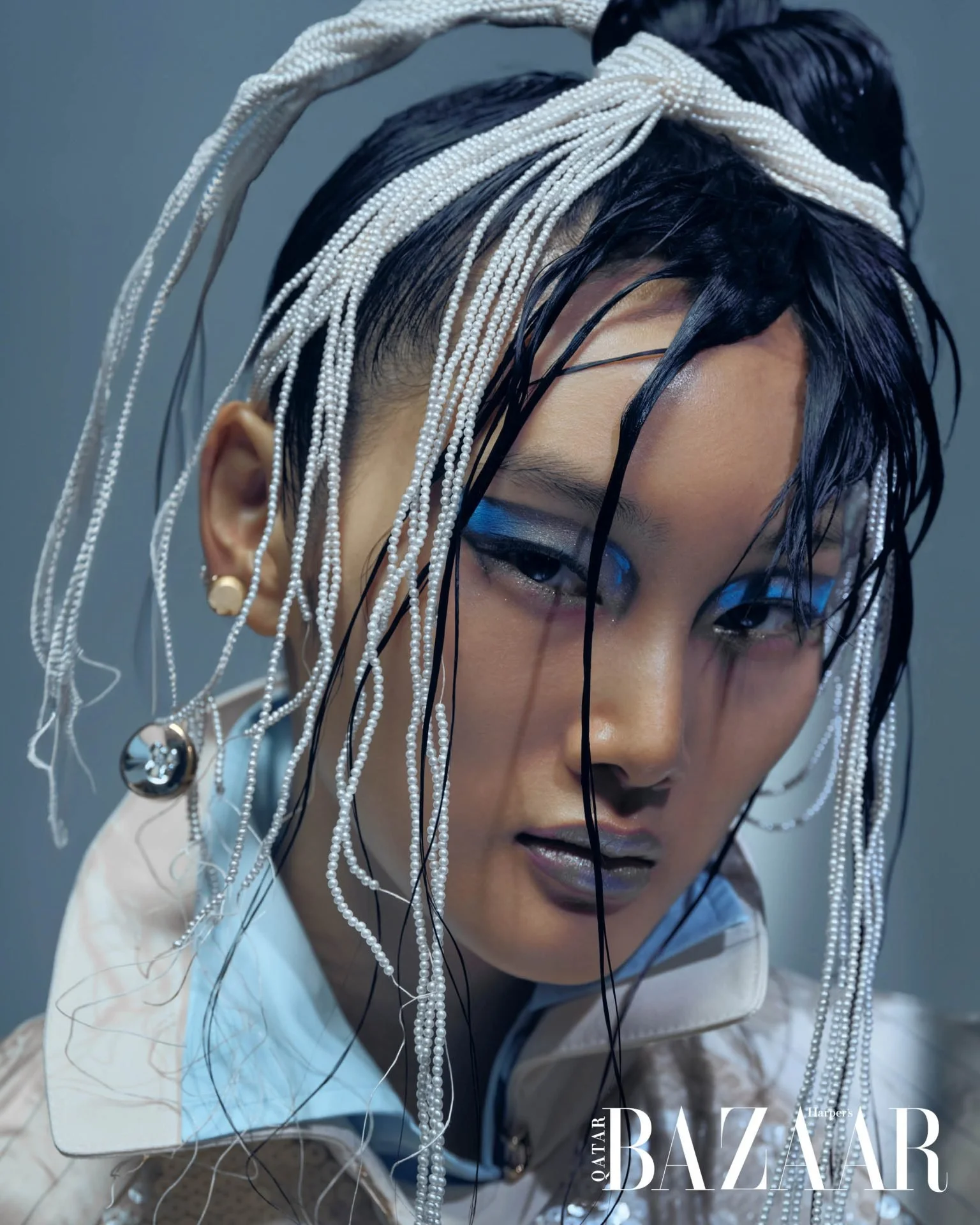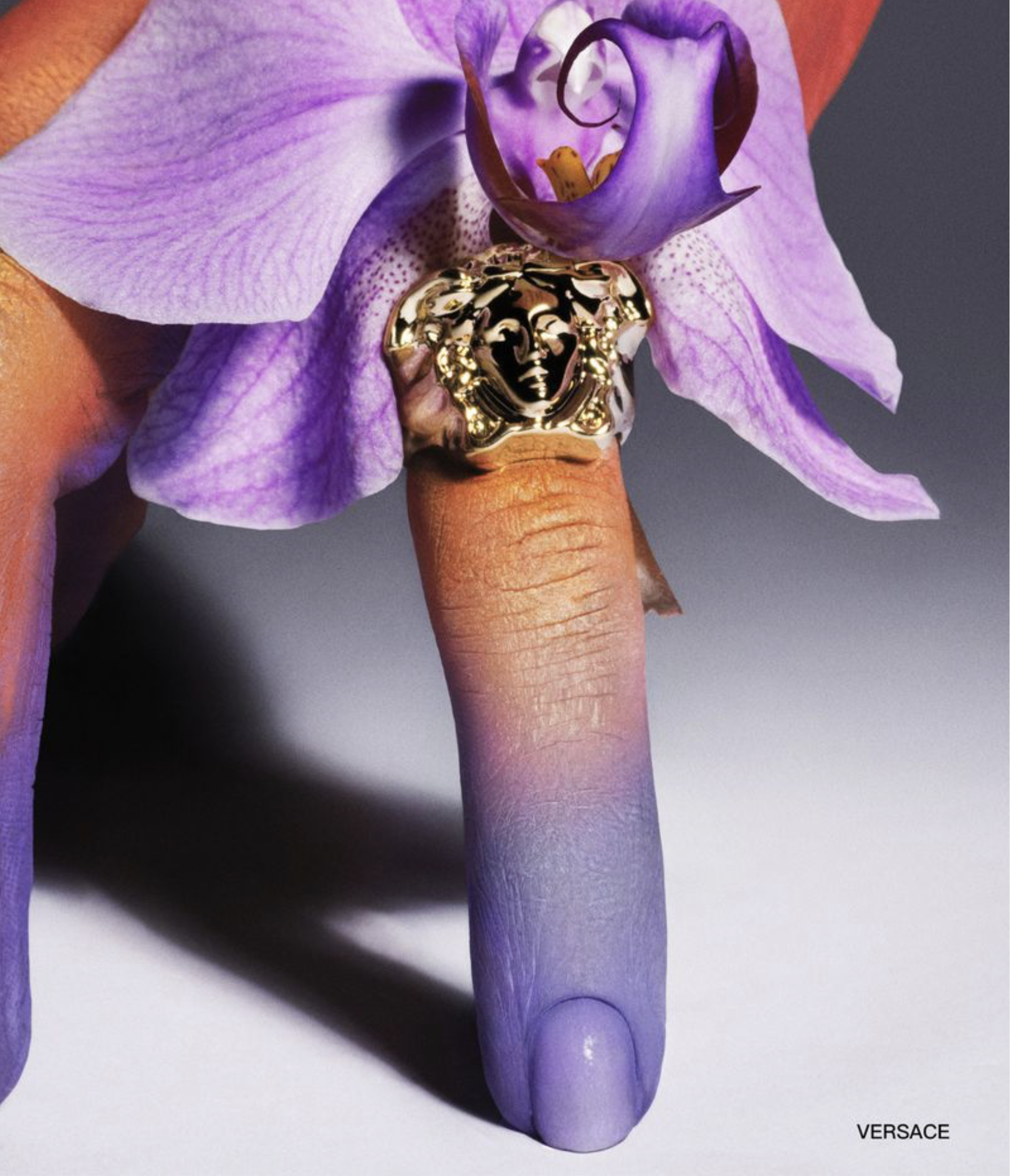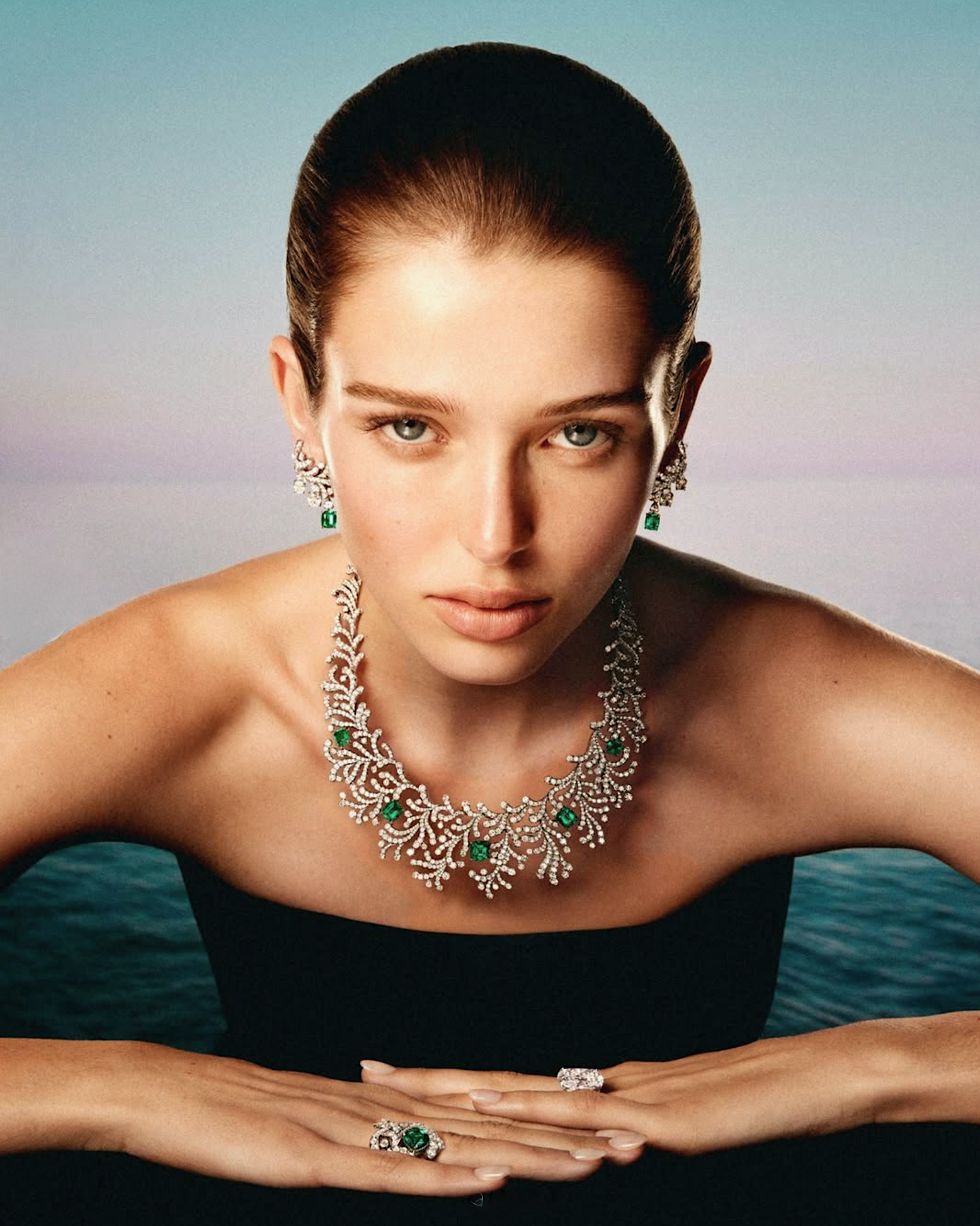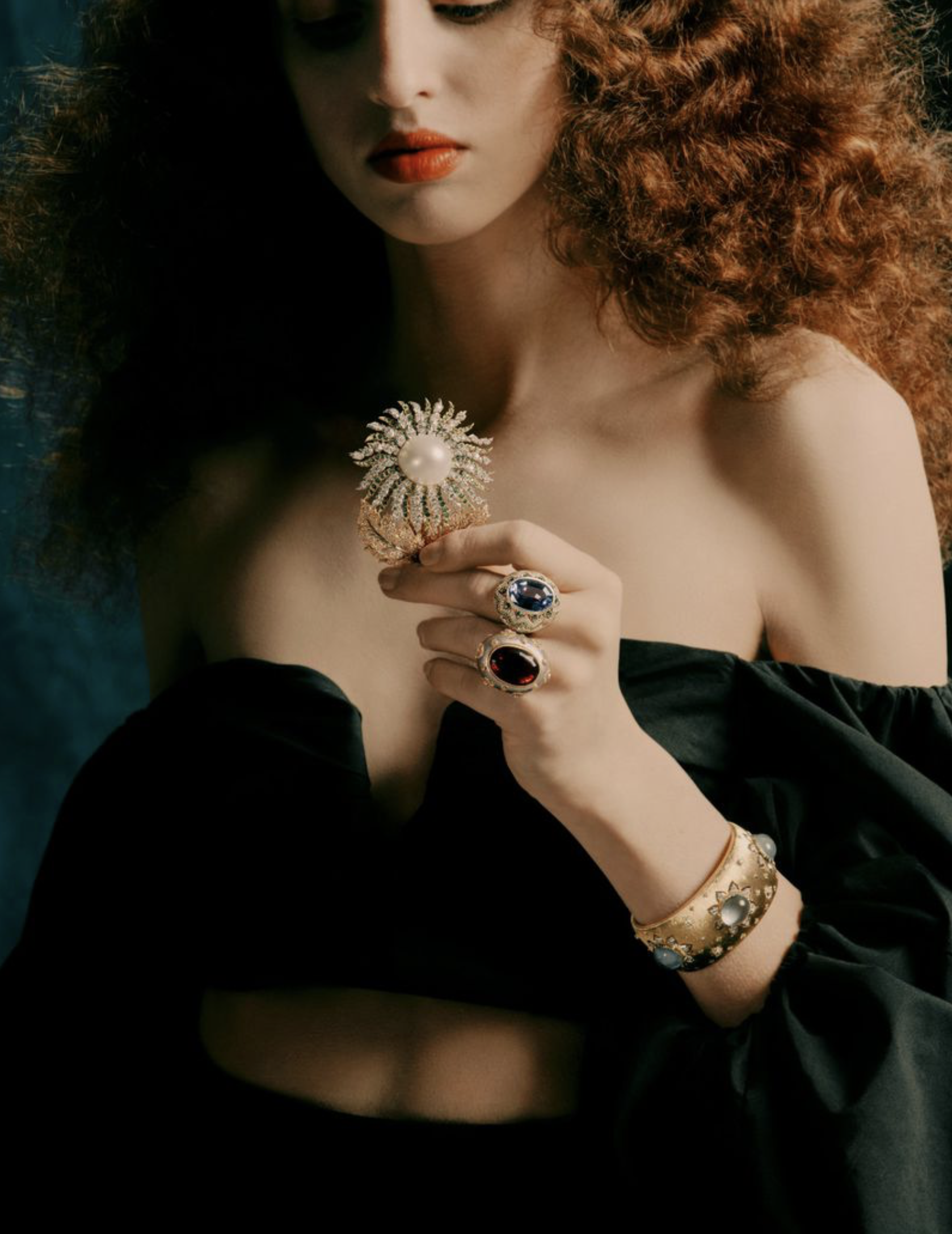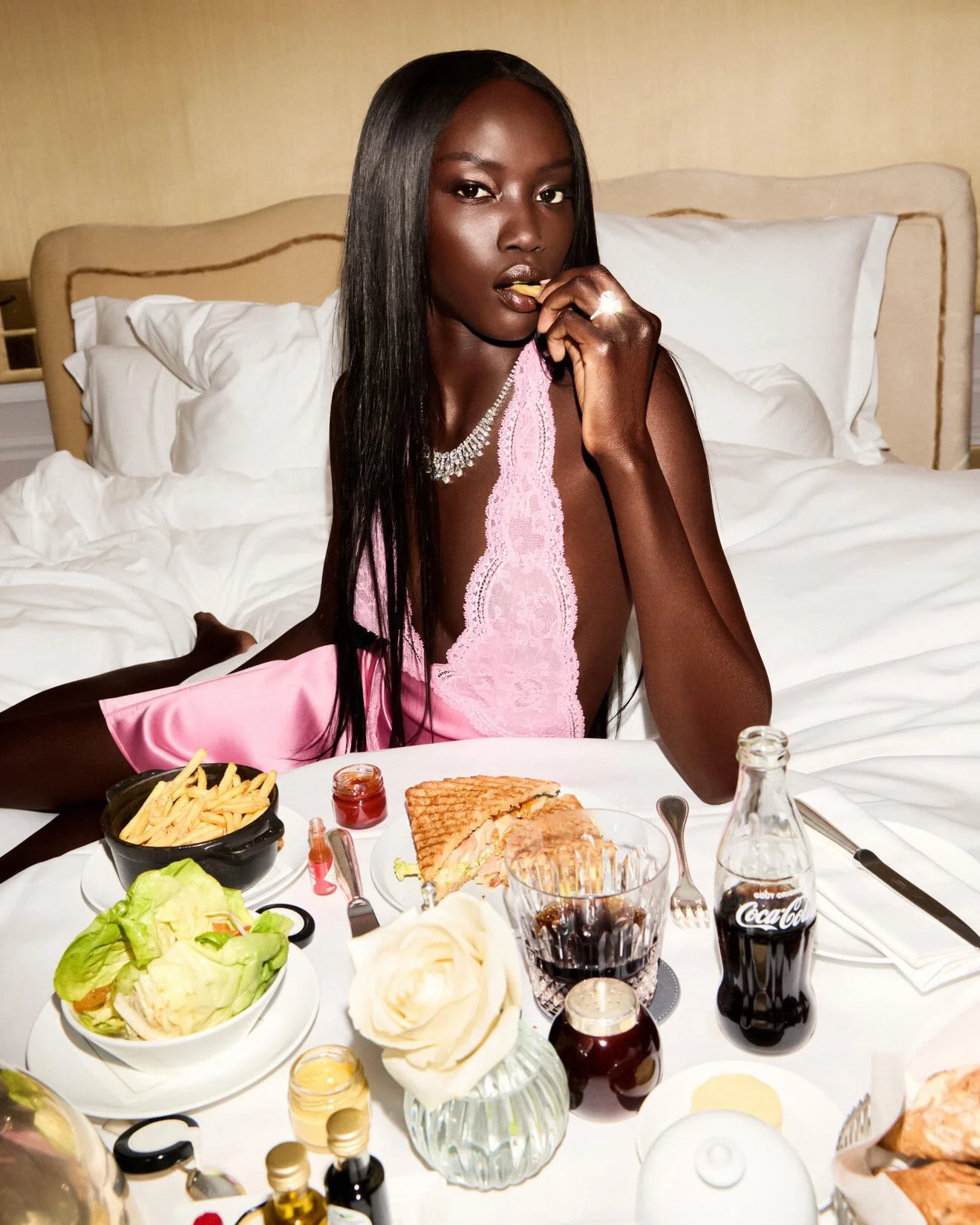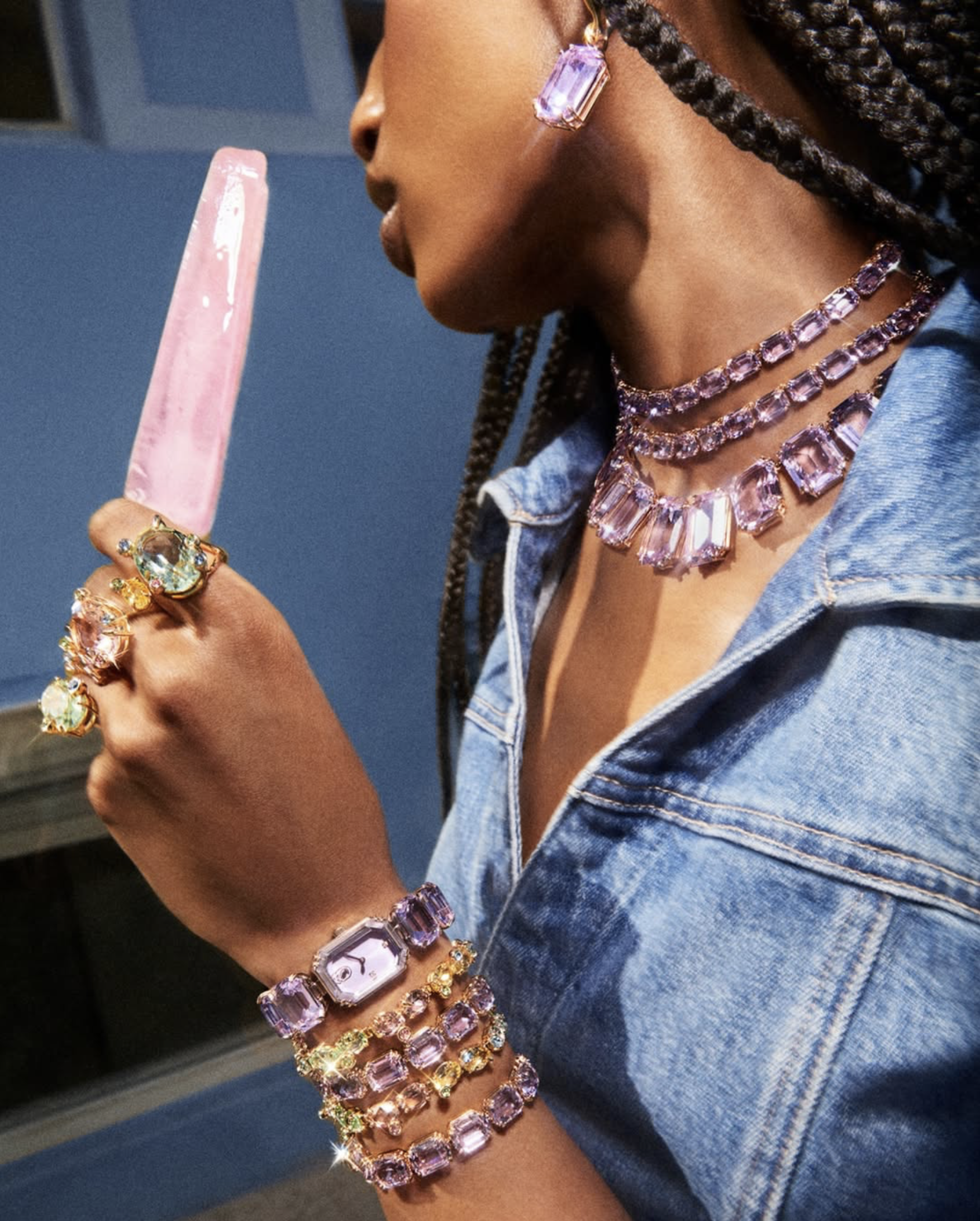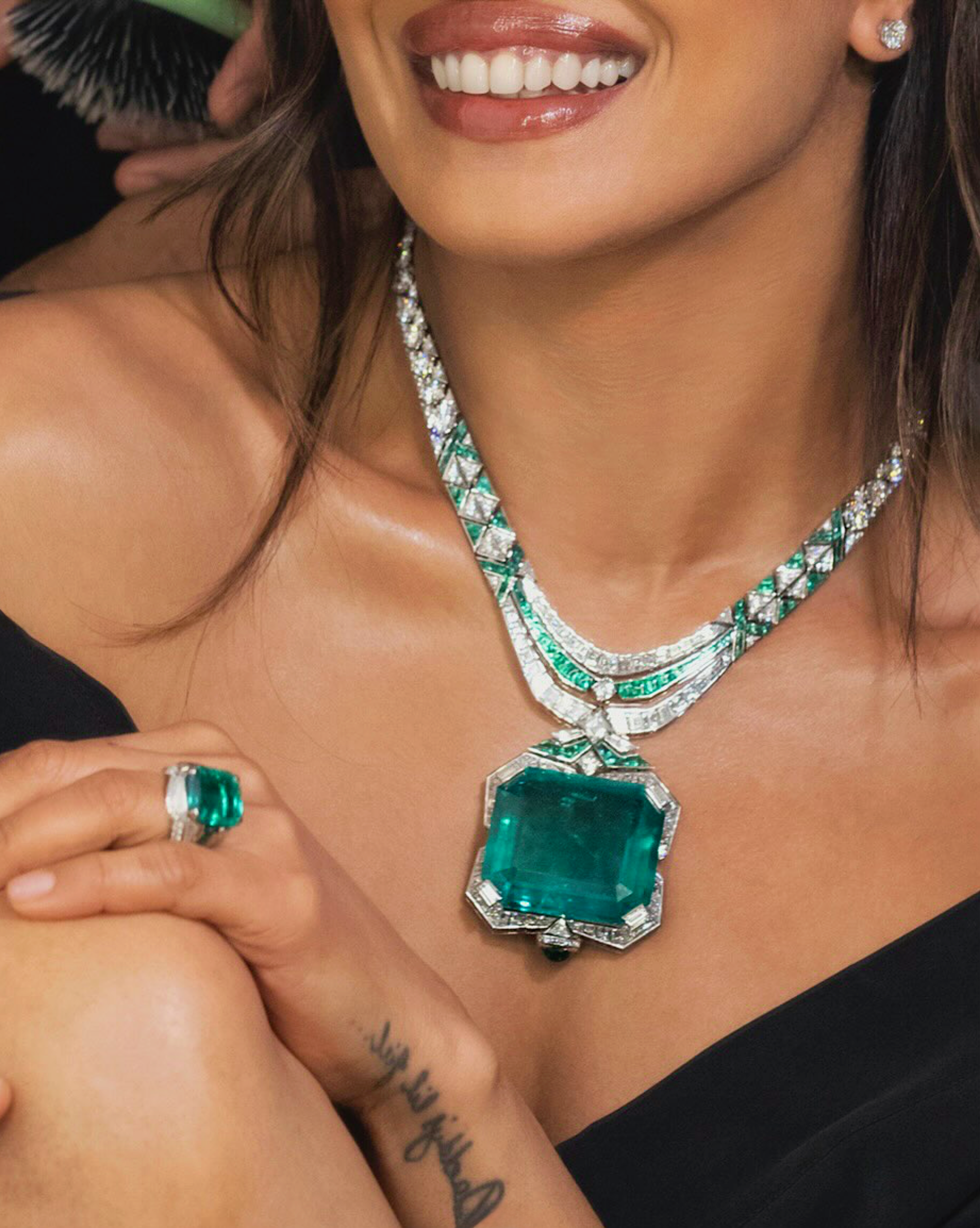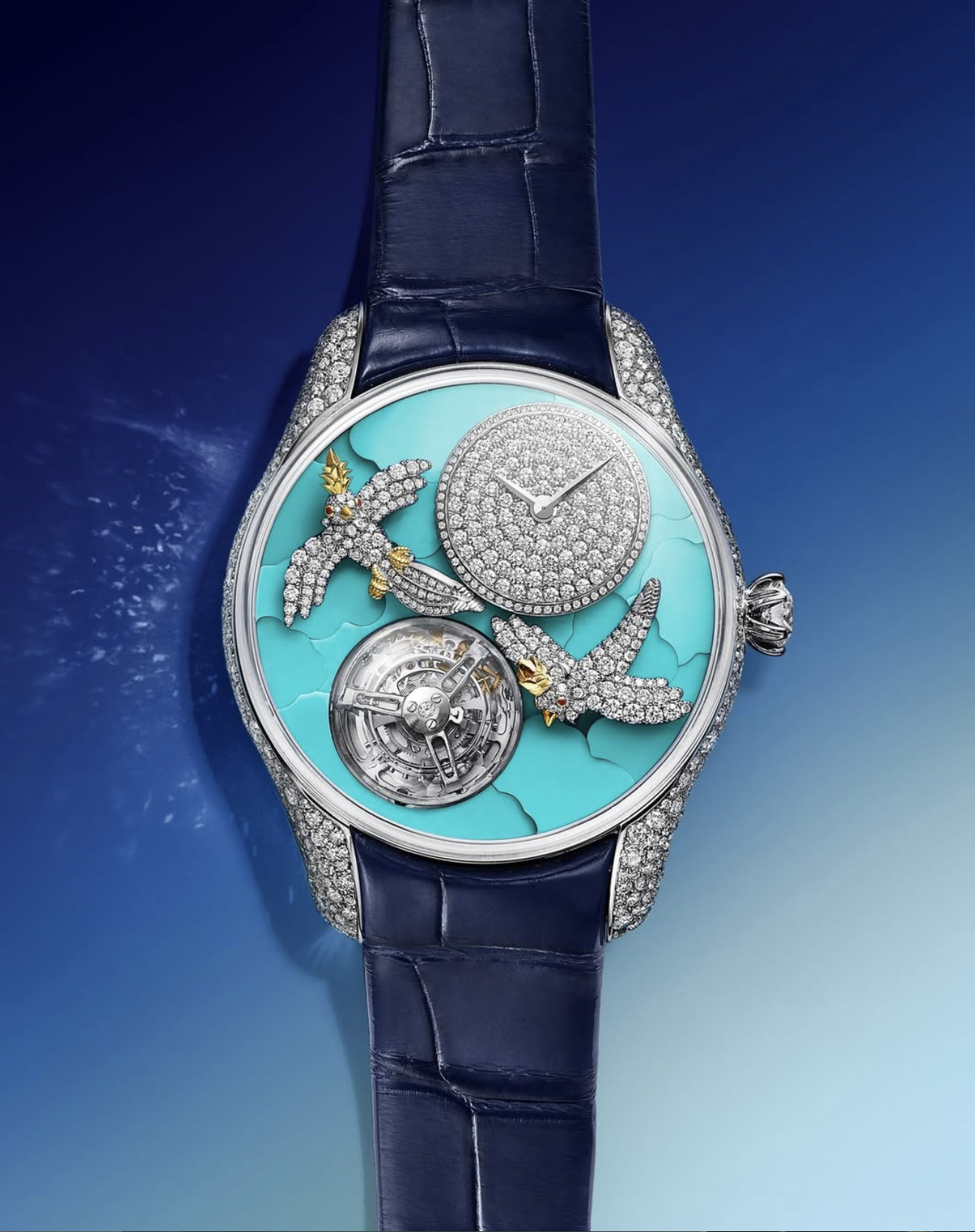Metamorphosis and Goddess Beauty Transformation in Harper's Bazaar Qatar Fall 2023
/Harper’s Bazaar Qatar Autumn 2023 writes about these exquisite images by Dubai-based photographer Mattia Holm [IG] that the power of makeup is transformative.
Make-up can transform us into anything we wish – even a fantastical underworld creature complete with shimmering effects and fluorescent features
Model Moon Choi is styled by Nata Bocha in a series of mythical, resplendent underwater-creatures images that extend far beyond beauty and makeup into fashion and jewelry. / Hair by Niko Weddle; makeup by Mitch Yoshida
Anne of Carversville is comfortable diving into the loss of power and influence for women, with the rise of Christian monotheism and the obliteration of the history of goddess worship from earlier Sumerian culture, as well as later Greek and Roman cultures.
We are more reticient to write about pre-Islamic cultures in Arabia or to navigate the identity dynamics between Egyptians and Arabs in any discussion of goddesses.
Reality is that these ancient lands are rich in evidence of goddess-related history. I’ve turned to my best of three AI assistants Lulu for information about prominent goddesses in the ancient Arab world.
Three names arise quickly out of the research: Al-Lat, Al-Uzza and Manat emerge as widely powerful and influential goddesses who played integral roles in shaping the ancient Arab world.
Al-Lat
As one of the most significant and respected goddesses, Al-Lat symbolized fertility, abundance, and the nurturing aspects of femininity. Worshipped primarily in southern Arabia, she was honored as the daughter of Allah and was regarded as the mother of humankind. Al-Lat's presence was felt in the fertility of the land, the abundance of crops, and the process of childbirth. Often depicted holding a sheaf of wheat and accompanied by camels, she embodied the life-sustaining forces of nature.
Al-Uzza
Known as the "Mighty One," Al-Uzza represented courage, bravery, and protection. She was revered as the guardian of warriors and a source of strength in times of battle.
Al-Uzza was associated with Venus, the morning star, reinforcing her connection to light, vitality, and victory. Arab tribes sought her favor before embarking on expeditions, believing that her presence would ensure triumph and safeguard them in conflicts.
Manat
Residing near the shores of the Arabian Peninsula, Manat was a goddess presiding over fate, time, and destiny. She had the power to influence the course of events and determine people's fates.
Arab tribes sought her guidance in matters of important decisions, and her blessings were deemed vital for ensuring prosperous outcomes. Manat was often depicted as a veiled figure, ornately adorned, wielding a staff signifying her authority over the flow of time and destiny.
These goddesses of Arab mythology exemplify the significance and reverence these deeply-held beliefs gave to the beliefs in a feminine divine.
Clearly, these three goddesses — and presumably more unknown to AOC —represented facets of life that held immense value for the ancient Arab people.
One concept reported back by Lulu is the importance of destiny among these ancient peoples. Admitedly, AOC hasn’t specifically investigated ‘destiny’ as a concept in ancient history at all. But now we are inspired to do so. ~ Anne

